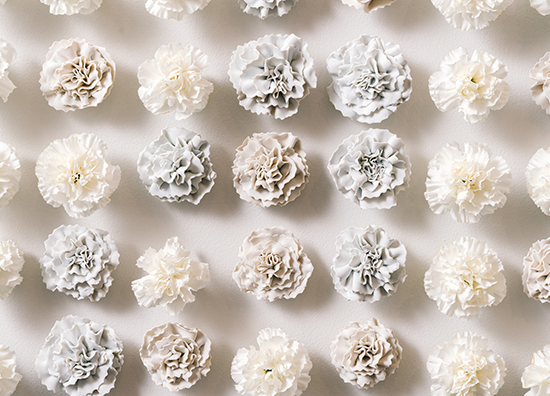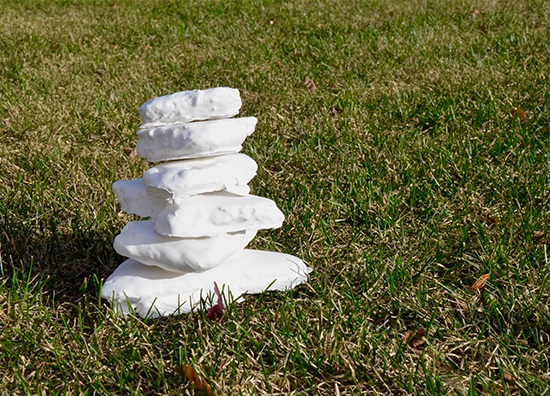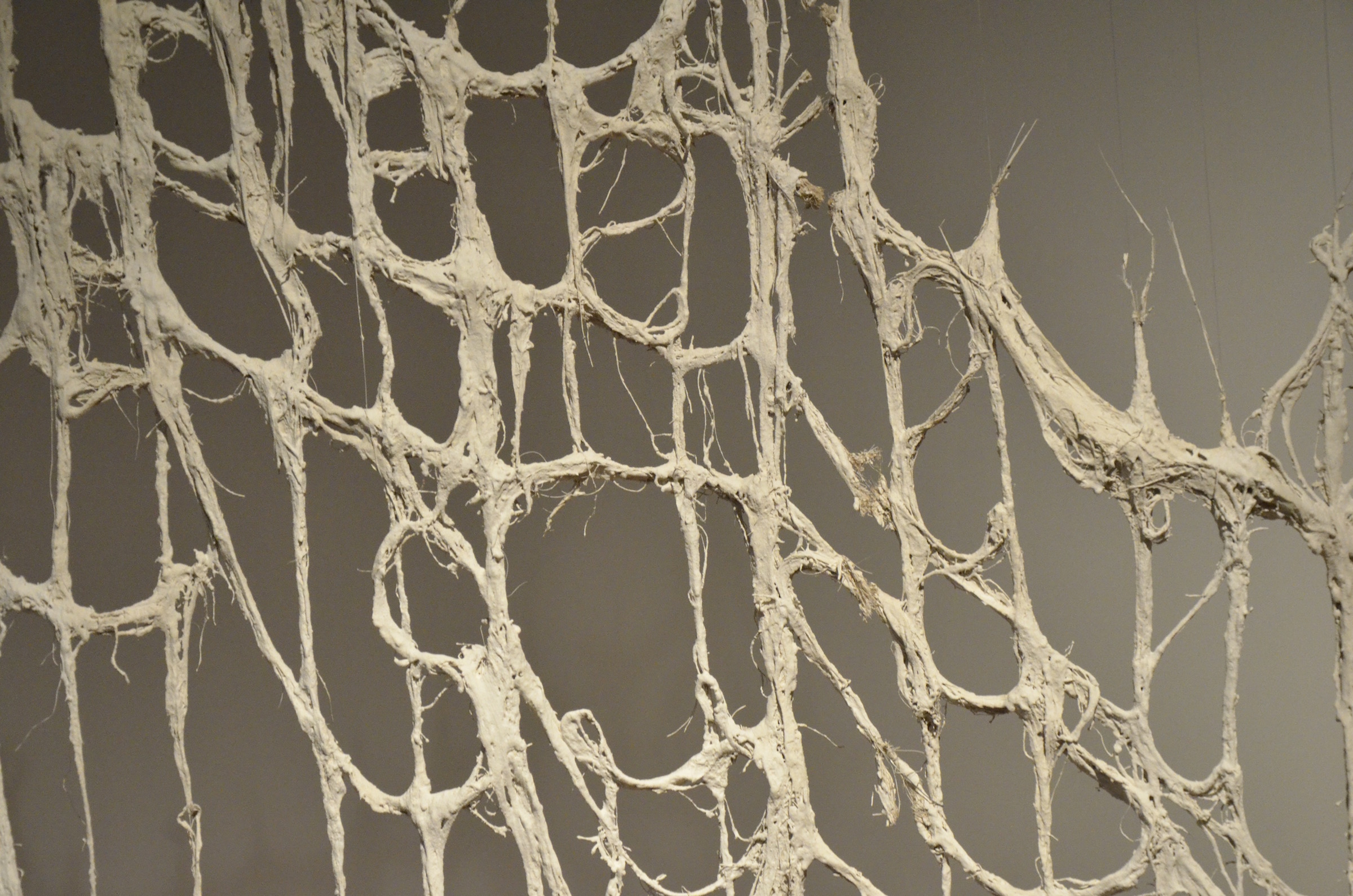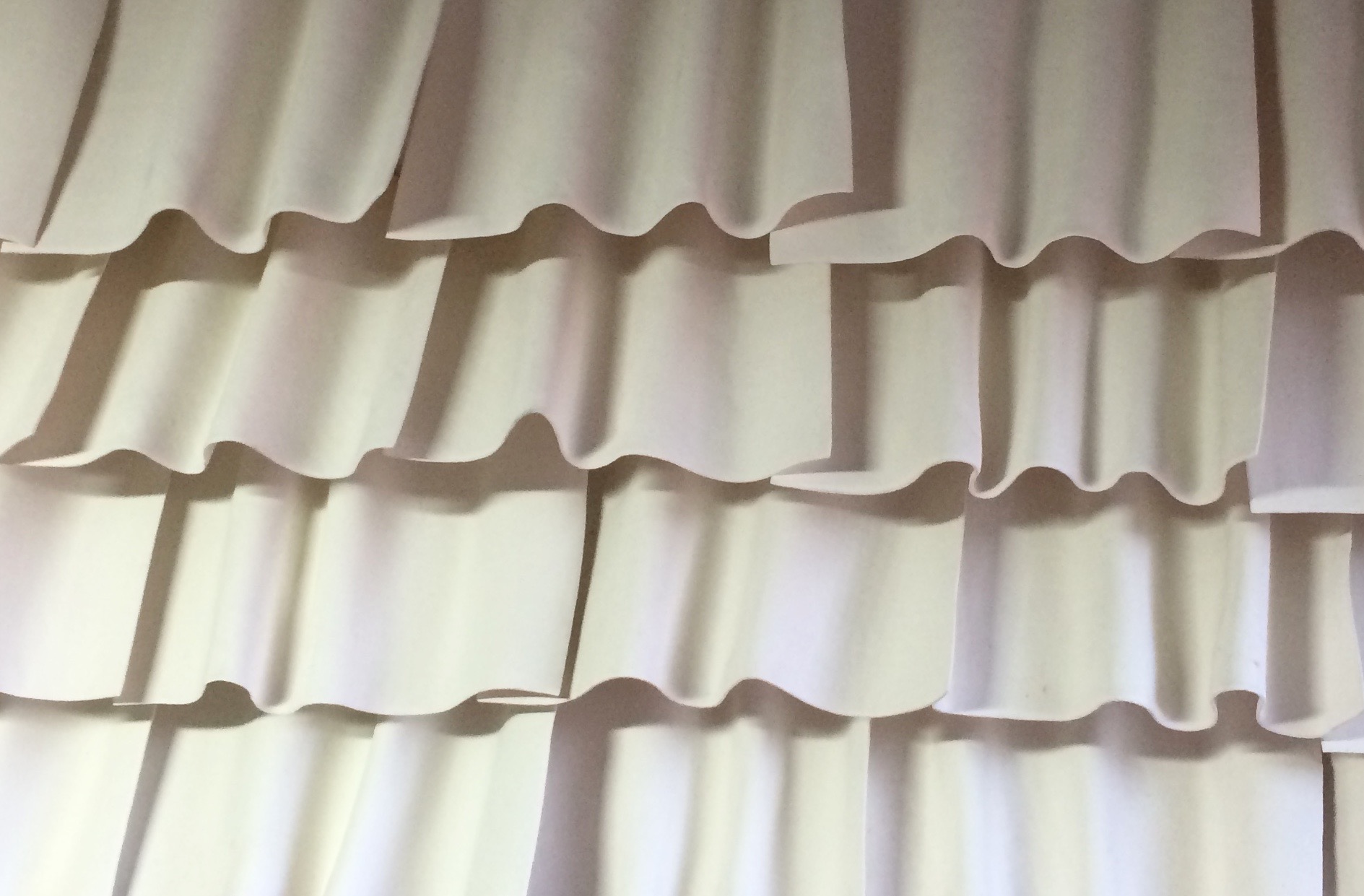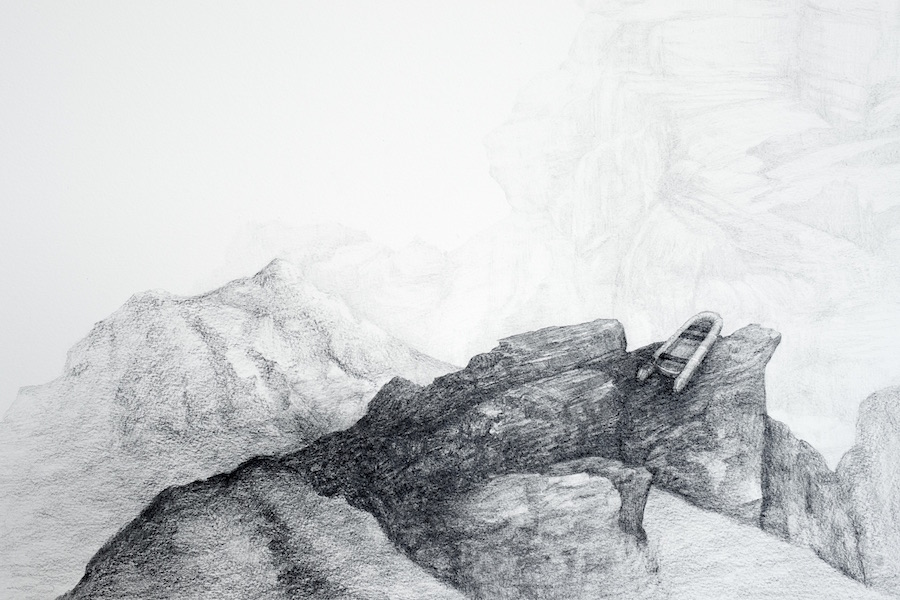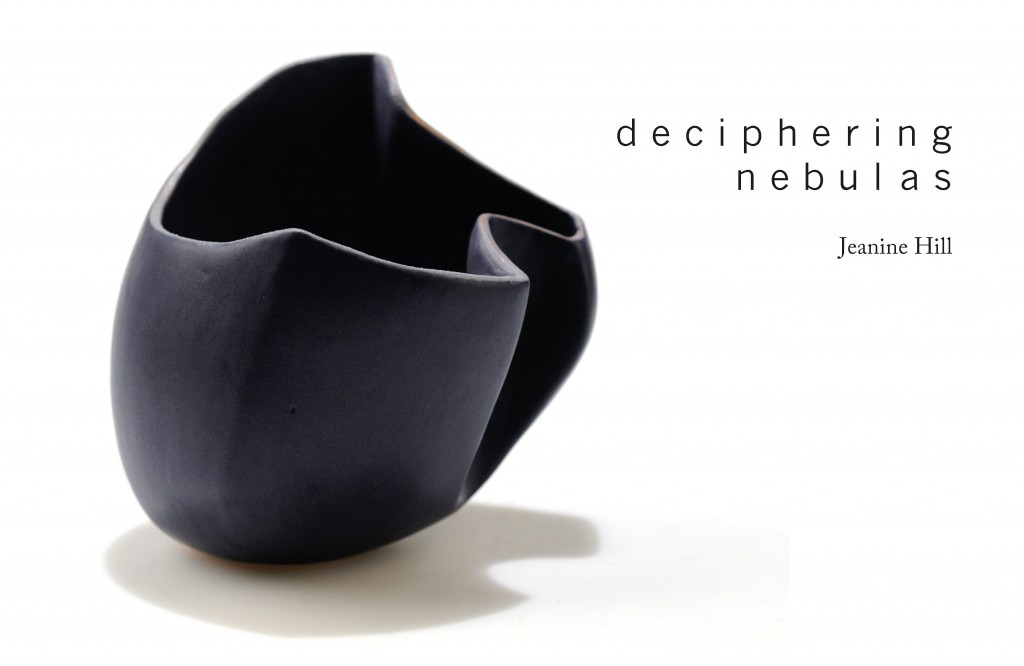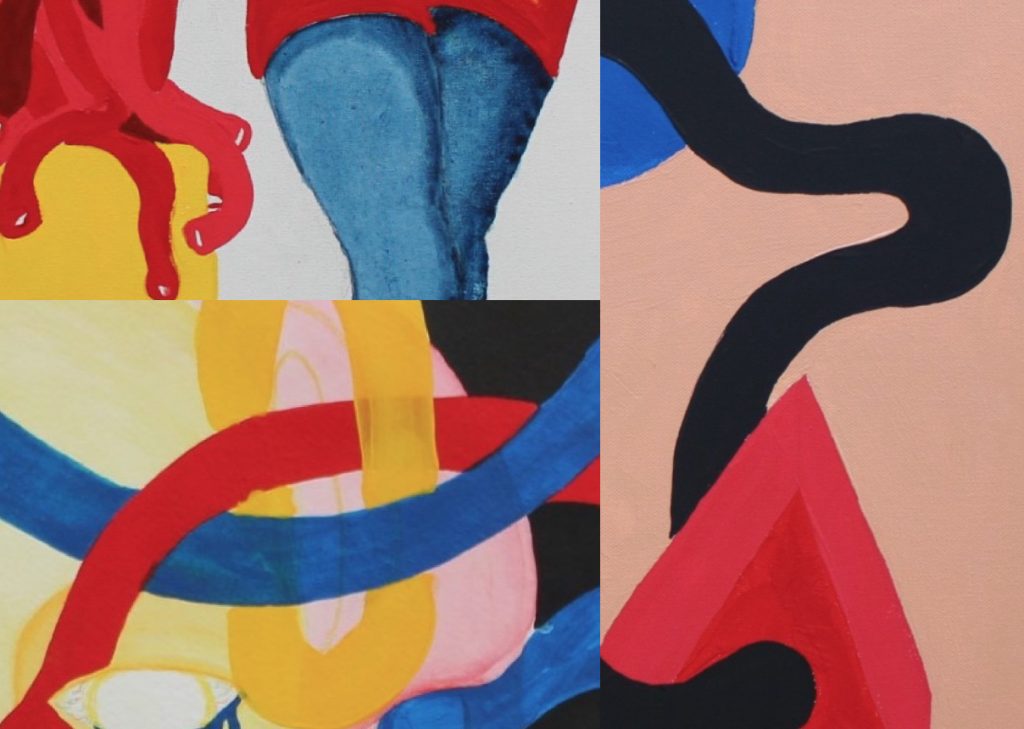 OUT OF FORM | JUSTICE JONES
OUT OF FORM | JUSTICE JONES
Out of Form is a collection of self-portraits, feelings, and thoughts. It is a direct reflection of Jones’s reality as a multi-racial, bi-sexual, bi-polar, schizophrenic woman.
Slideshow of Artwork
Give your feedback about the show, support an emerging artist.
Artist Statement
I’ve always used art to process my experiences and navigate my mental health. I thought my old sketchbooks would give me a definition of self, but I no longer knew the girl who made them. Out Of Form was created as an intentional act of self awareness. I focused on discovering my foundations from childhood through the use of primary colors and basic shapes and lines. I juxtaposed this exploration with figures that change in color, size and shape just as we shift to adapt to our experiences. As I continue moving through the various stages of life, I wonder how much choice we are truly afforded in who we become.
Bio
Justice Jones is an artist, educator and activist completing her final year at Augsburg University as a studio art major. Her passion for learning invites her to explore many different media. Justice practices community space-making, organizing, and activation as a Tactical Urbanism instructor’s assistant at Juxtaposition Arts. She uses foundational elements of fine art to explore and process her experiences and the idea of nature versus nurture as opposed to choice in who we become. Her work on Juxtaposition Arts’ mural team, her business, and Out Of Form, are all informed by these values and beliefs.
Virtual Mock-up
Due to COVID-19 the show in the physical gallery space has been delayed. Here is a virtual representation of what it will look like in the Gallery720 space.

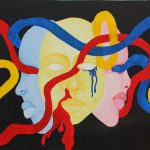
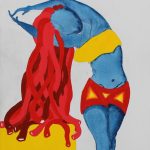
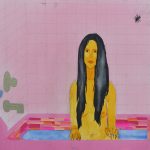
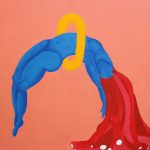
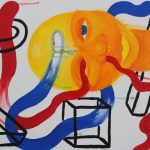
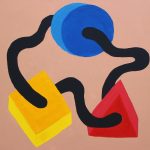
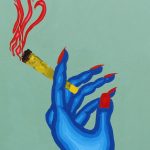
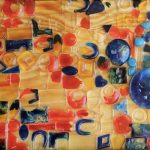
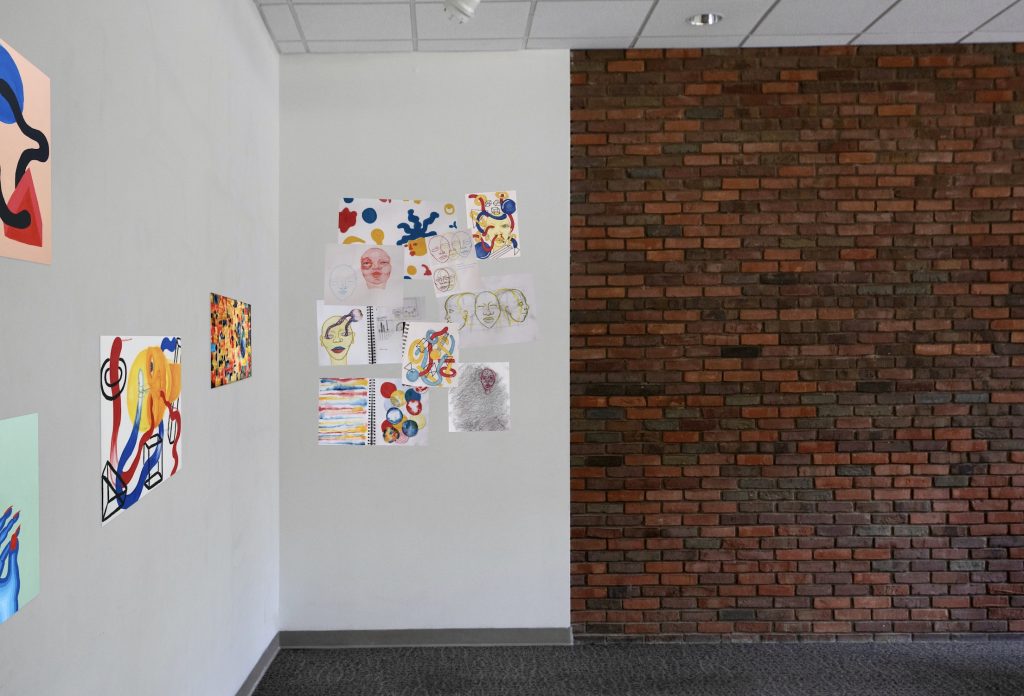
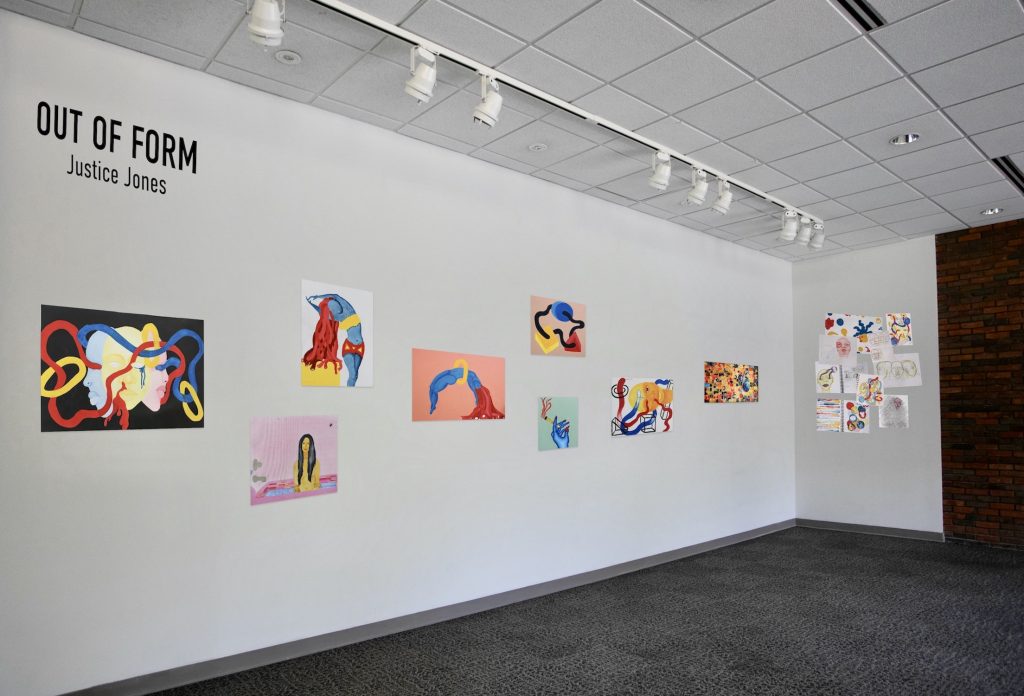
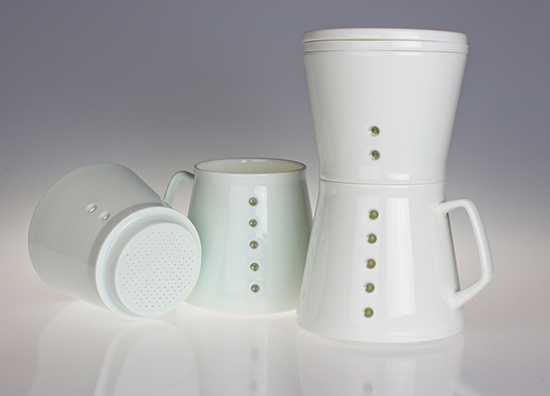
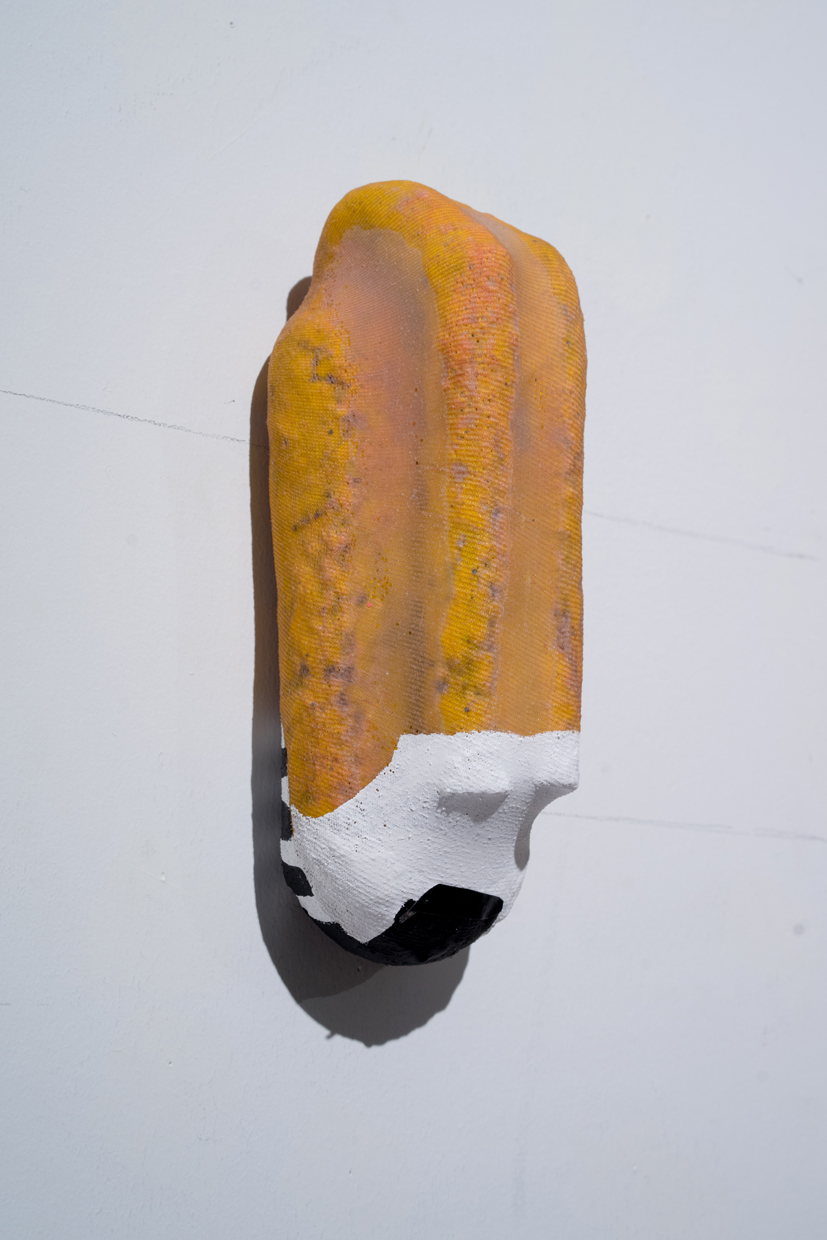 slo (Roll) – JIM SHROSBREE
slo (Roll) – JIM SHROSBREE